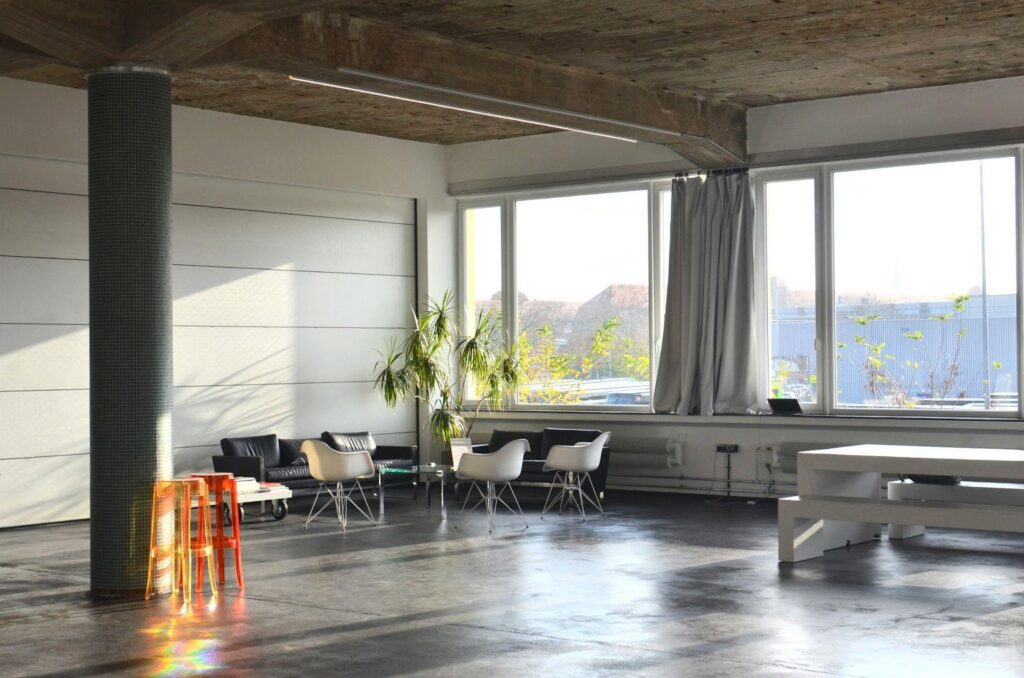For most people, initiating a creative studio will seem tough, but it won’t be if it is well-planned. Whether you are a designer, artist, or even a writer, your work determines how you function and feel in your working space.
Today’s article will guide you in creatively designing a space without getting disorganized or cluttered.
Determine Your Purpose
Think about what your studio is to be used for. Would you like to have areas where one brainstorms? Silent areas, where do you focus? Even an area for group brainstorming with other people? All these factors help design it properly.
Use Natural Light
For sure, it cannot be absent in every creative space: lighting. Natural lighting is pretty essential because it lifts up mood and energy. Position your desk near windows where there is a clear pathway for natural light, and consider using wooden blinds to control the light intensity while adding a stylish touch. If natural lighting is not possible, invest in quality adjustable lighting that tends to reduce eye strain.
Optimize Your Layout
Your studio should be well arranged to enable you to move around with easy access to all tools and equipment. Arrange furniture in a manner that incites you to work. For example, you should have:
- An expansive desk that fits your computer or creative tools.
- Shelves or drawers that help put in supplies and equipment.
- A chair that makes you want to sit and will not need to leave until you can no longer.
- A brainstorming area equipped with a whiteboard or corkboard where ideas are sketched
- A resting and reenergizing lounge where one reads or has a short rest.
A cluttered workspace would definitely draw away attention and suppress creativity. There has to be intelligent storage-including bins, shelves, or rolling carts that keep everything in place. It provides a neater environment. It also saves time trying to look at things you need.
Use Durable and Quality Materials
Remember that designing your studio requires durability, and you are thinking about carbon fiber retrofitting. Carbon fiber is a strong and very light material; hence, it is the best material that could be used in furniture reinforcement in your studio and any kind of structure. It gives you the chance to include durability without compromising aesthetics while creating a space that is bound to last long.
Make It Comfortable
For a creative space, comfort stands as the key. Remember ergonomics when opting for furniture. The comfort of a chair and a desk of the right height will make a difference in how long you will work comfortably and with less discomfort with regard to lighting.
Personalize Using Technology
This ranges from proper tools and technology, whether a quality monitor, digital tablet, or a piece of software needed for one’s designs; this makes sure that your technology is current and available for workflow.
Wrapping Up
With a focus on the above key elements, a creative studio can have both good looks and also function better. From maximizing light and space to retrofitting carbon for durability through inventive uses, every choice will actually have an effect on your way of working. Make space functional, organized, and inspiring-and watch your productivity.



